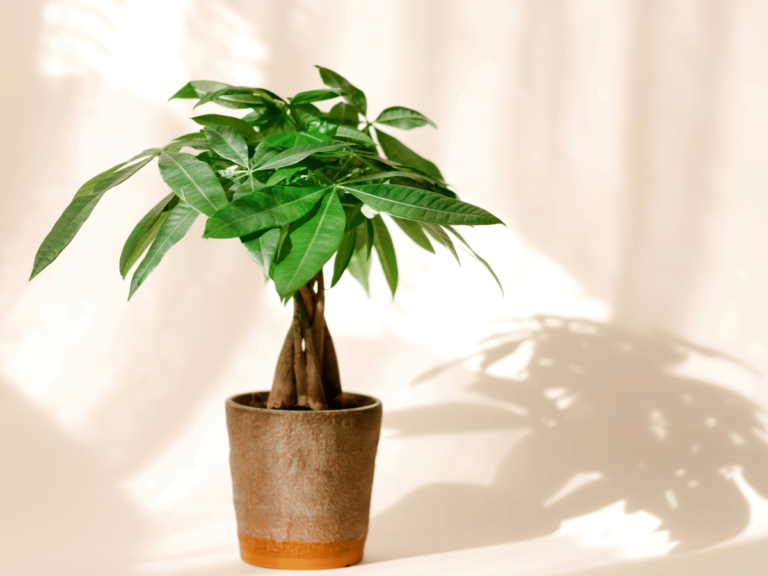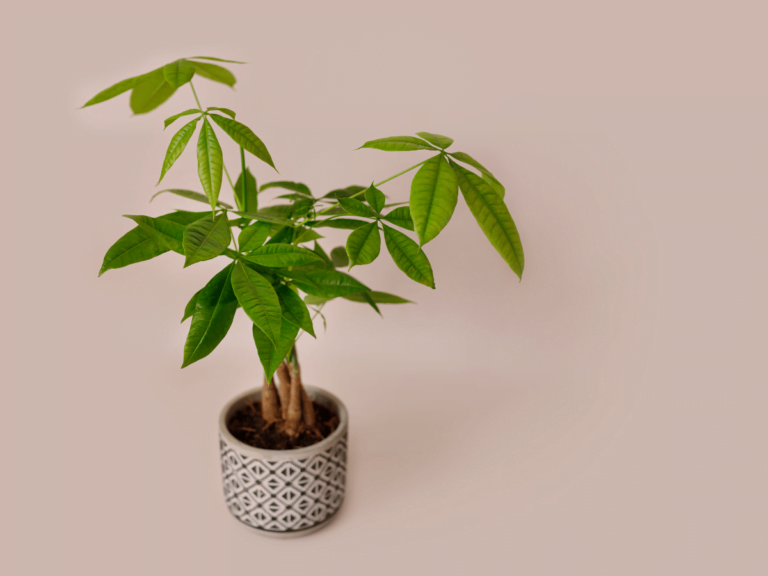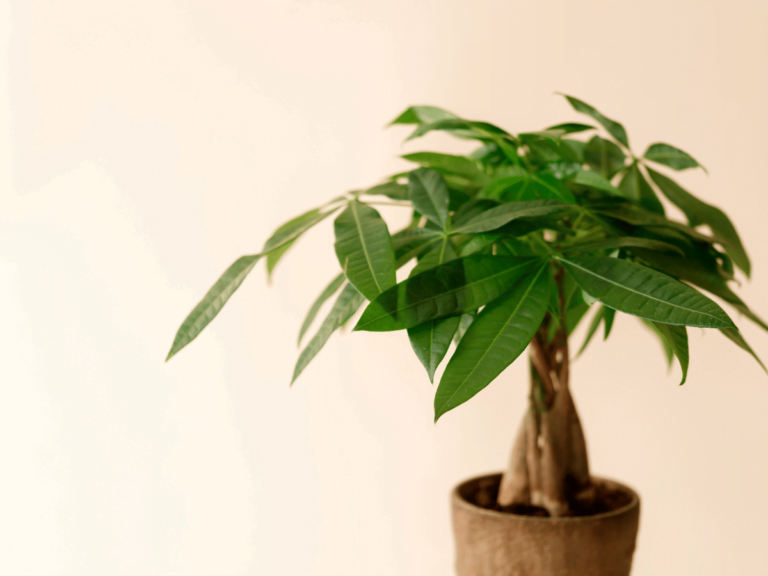Money Tree (Pachira Aquatica): Plant Guide & Overview
The Money Tree (Pachira aquatica), often called the Money Plant or Guiana Chestnut Tree, has become a favorite for many plant lovers. Its distinctive braided trunk and lush green leaves not only make it an attractive addition to your home but also a symbol of good fortune. Native to the tropical wetlands of Central and South America, the money tree thrives in environments that mimic its natural habitat—moist, warm, and well-lit spaces. Whether you’re a beginner plant owner or an experienced horticulturist, this guide will help you understand how to keep your money tree flourishing.
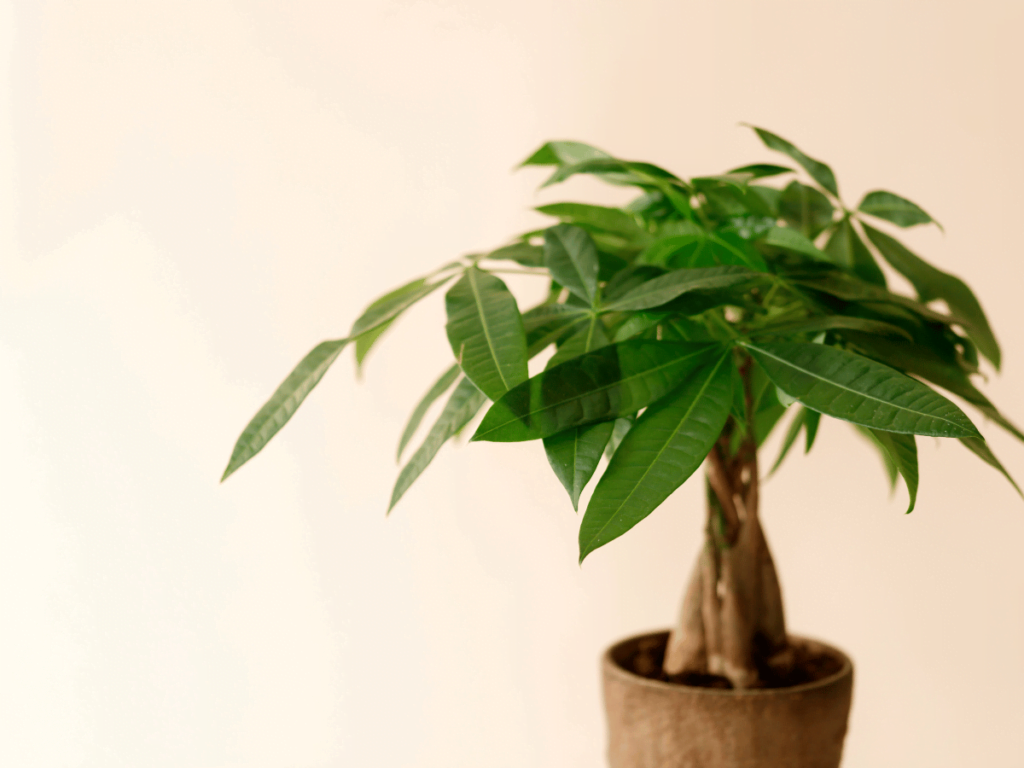
What is a Money Tree?
Formally known as the Pachira aquatica, the money tree is a tropical plant that can reach heights of 3 to 6 feet indoors and much taller if grown outdoors. In the wild, these trees can tower up to 60 feet! With its woody stems and large, glossy palmate leaves, the money tree has become a popular houseplant, prized for its compact size, attractive appearance, and resilience.
Often sold with several trunks braided together, the plant is both an aesthetically pleasing addition to your home and a low-maintenance choice for those seeking a touch of greenery. While the braided form does not occur naturally, it is cultivated for ornamental purposes and to enhance its reputation as a lucky charm.
Why Are Money Trees Considered Lucky?
In addition to its beauty, the money tree is renowned for its role in bringing luck and prosperity. This belief stems from feng shui, an ancient Chinese practice of arranging objects in a way that harmonizes energy within a space. According to feng shui principles, the money tree is a powerful symbol of wealth and success, especially when placed in areas of the home or office associated with financial matters.
Interestingly, the braided form of the plant was first popularized in Taiwan, where a truck driver is said to have cultivated and promoted it. The legend associated with the plant tells the story of a poor farmer who found the resilient money tree and used it as inspiration to overcome his own struggles, becoming prosperous in the process. As a result, many believe that the braided money tree can trap fortune and positivity within its trunk, helping the owner attract good luck.
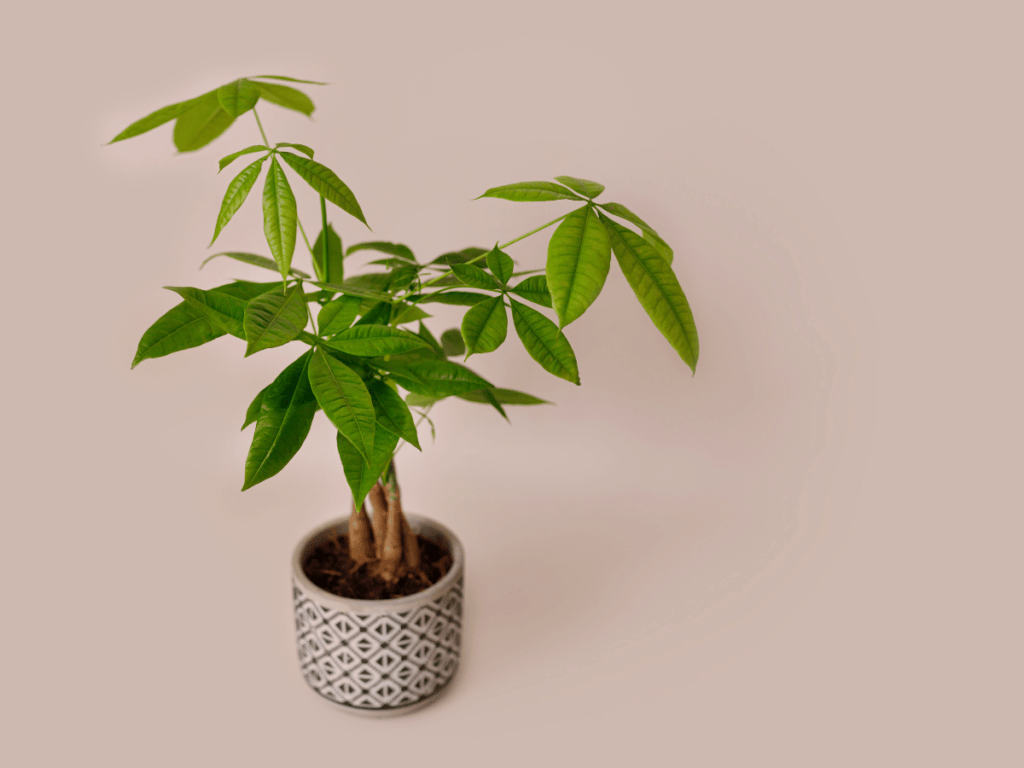
How to Care for a Money Tree
Money tree plants are not difficult to care for and maintain, but a few key plant tips will help ensure they thrive for years to come.
Lighting and Temperature
Money trees thrive in bright indirect light. While they can tolerate lower light conditions, they will grow best in areas where they receive filtered sunlight. Be careful to avoid direct sunlight, as it can cause brown patches on the leaves—a common problem if your plant is overexposed to direct sun. If you notice yellowing leaves or your plant looking leggy, it’s a sign that your plant isn’t getting enough light. Rotating your plant every few weeks will help maintain balanced leaf growth.
Temperature-wise, money trees prefer 65-80°F (18-27°C) and don’t like extreme shifts. Avoid placing them near cold drafts or air conditioning vents, as sudden temperature changes can cause leaf drop.
Watering and Fertilizing
Watering your money tree correctly is essential. These plants are susceptible to root rot, so make sure the top 50–75% of the soil is dry before watering. When you do water, allow the soil to drain fully to avoid excess water collecting at the base. Using a pot with a drainage hole is crucial to prevent water from stagnating. Overwatering can lead to soft stems or brown leaves.
When the plant is actively growing in the spring and summer months, feed it monthly with a balanced, water-soluble fertilizer diluted to half strength. This will encourage healthy leaf growth and vibrant foliage.
Pruning and Propagation
Regular pruning is key to keeping your money tree in shape. Trim off any lower leaves or damaged areas to encourage strong new growth. If you want to keep the braided appearance, you may need to loosely tie the stems as they grow to maintain that iconic look.
If you’re interested in propagating, take a cutting during the spring or summer months. Place it in water or a well-draining potting mix, and you’ll start to see roots develop in a few weeks.

Common Problems and Solutions
Even with the best care, your money tree plant might encounter some issues. Here are some common problems and how to fix them:
- Yellow or brown leaves: This can happen due to improper watering. Adjust your watering schedule, ensuring you let the soil dry out between waterings.
- Soft stems or trunk: A sign of root rot. Allow the soil to dry out, and make sure your pot has proper drainage.
- Leggy growth: This usually means your plant isn’t getting enough light. Move it to a brighter spot, rotate it regularly, and avoid direct sunlight.
- Brown leaf tips: Often caused by low humidity or too much direct light. Misting the plant or placing it near a humidifier can help.
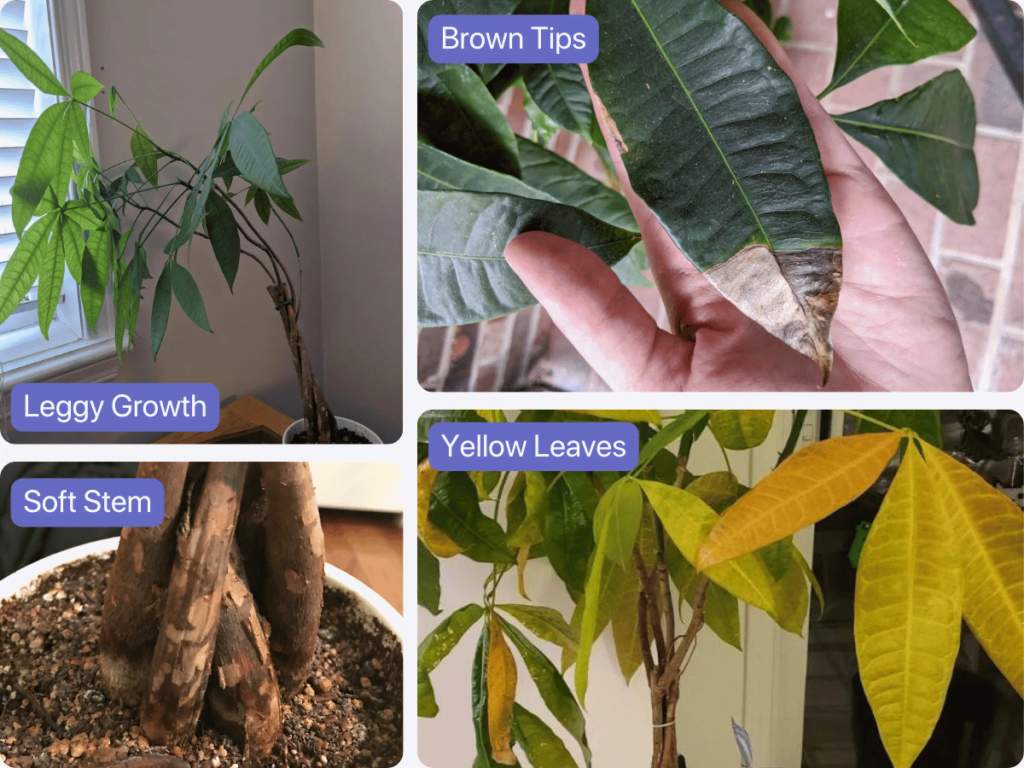
Potting and Repotting
Your money tree will be happiest in a well-draining potting mix, ideally one that includes peat moss or perlite. If you notice your plant becoming root-bound, repot it every 2-3 years. Choose a new pot that’s only slightly larger than the current one, as too much space can cause the plant to focus on root growth at the expense of new leaves. And always remember, proper drainage is key—be sure your pot has adequate drainage holes.
Toxicity and Longevity
One of the best things about the money tree is that it’s pet-friendly. Unlike many plants, it’s non-toxic to cats, dogs, and humans, making it a safe choice for households with pets. With the right care, your money tree can live for over a decade, continuing to bring its tropical feel and potential good fortune to your home.
Conclusion
Caring for a money tree is straightforward, but it’s rewarding. With its ties to good fortune and easygoing nature, the money tree can bring life, positivity, and perhaps a little luck into your space. Whether you love it for its beautiful leaf growth or its connection to prosperity, this plant deserves a place in your home.
By following these plant care tips—proper lighting, watering, and regular pruning—your money tree will thrive, and who knows, maybe it’ll even bring you some of that luck it’s famous for!
